Back when I worked at FFG I spent a lot of time with a lot of talented game designers (and even had one as a roommate). Talking with designers a lot infected me somewhat with their way of thinking about game mechanics — they look at them very abstractly, and pick them apart. They literally categorize mechanics into what kinds of mechanics are fun, which add strategy, and which just add complexity without depth. Heck, they even categorize fun into different kinds of fun.
A friend and I have been messing around with RPG mechanics for a while now, and this process has got me thinking about them a lot more, and thinking about what I think is the main mechanical flaw of the D&D system.
Dungeons & Dragons has no probability curve. Because you roll just one die, there is no real distinction between an average result and an extremely good or extremely poor result. To some extent D&D tries to get around this by having more results average and only one really bad result and one or two good ones, but the core mechanical problem is that you’re only rolling one die.
If you roll 1d6, the odds of getting a 1, or a 6, or a 3 are exactly identical. If you roll a d20, same thing. The odds of getting a dead average result of 10 is the same (5%) as rolling a critical hit with a natural 20.
But go back to that d6 and change it to two d6 that you add together. Now suddenly the odds of getting a 7 are higher than any other number. The odds of rolling a 6 or an 8 are pretty good. The odds of rolling a 2 or a 12 are lower than anything else. The best possible result and the worst possible result are less likely than the most common result. You have a probability curve, rather than a straight line. Getting a remarkable success or failure is suddenly remarkable. It’s not exactly as likely as getting the most common result.

The lack of a probability curve in D&D causes all kinds of weirdness that you don’t see in more modern RPGs (well…. every RPG would be a more modern one, I suppose). Games like White Wolf’s RPGs have you roll a pool of dice, and add up the successes, bringing in a probability curve that lets you both reasonably estimate the likelihood of criticals, and have them be random enough to be exciting and cool. You can introduce other mechanics that change the shape of that probability curve, or that take advantage of specific places on the curve as a way of balancing, since you know the relative likelihood of each spot on the curve.
But in D&D you just got a line, which you can make longer or shorter, but the chance of rolling any one number is always the same.
A Solution?
I’m mostly just talking here, not suggesting that D&D needs a mechanical change. Rolling the single d20 is a signature of D&D and has been for decades, and it’s probably a sacred cow that you can’t do away with. Ultimately to get a curve you need multiple dice rolled, and for D&D rolling more than one die to attack just wouldn’t feel like D&D.
But from a pure game mechanic viewpoint, it’s pretty clumsy.


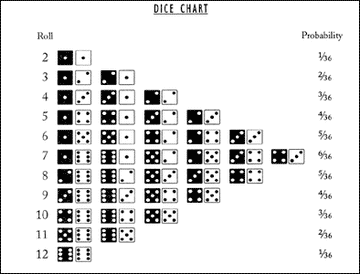
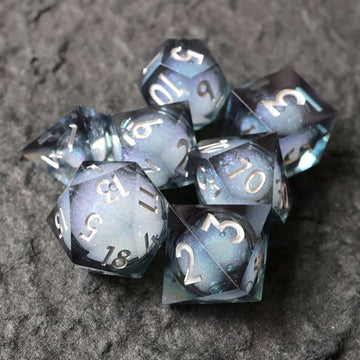
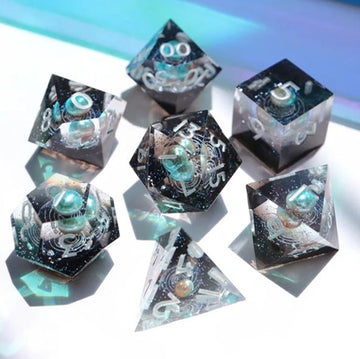
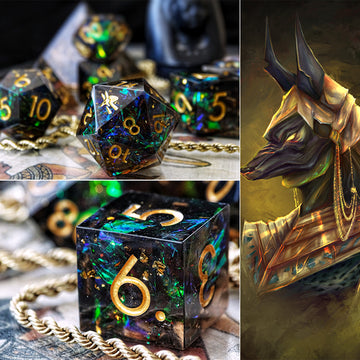
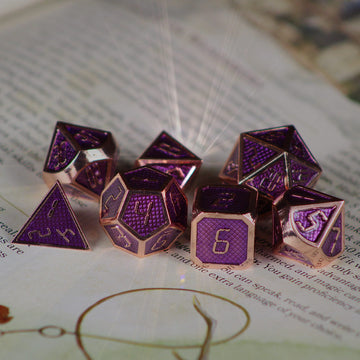
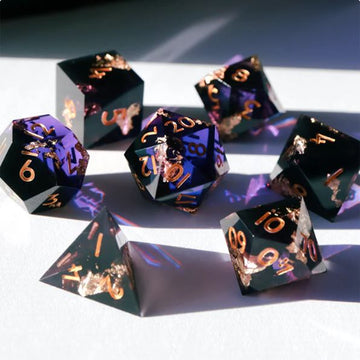
I’m old enough to remember playing D&D in the mid 1970s where, unless you lived in a big city like New York or Chicago, or ordered the D&D game from a comic book, it was very difficult to find 20-sided dice. In fact, the rules that we used were mimeograph copies (like they used to use to copy class tests in most elementary through high schools back then).
Back then, there was a few unofficial sets of rules floating around using only 6-sided dice. Most folks preferred to use 4d6-3 instead of a d20 (where 1 and 20-21 were critical), and another set of rules used raw 3d6 (where 3 and 18 were critical). The results were more of a bell-shaped curve, and we could live with that. You can see what dice bell curves look like here: https://anydice.com/
Just wanted to say that, I agree with you 100%. Having a probability curve in DnD would be cool but rolling the single d20 is just two iconic.